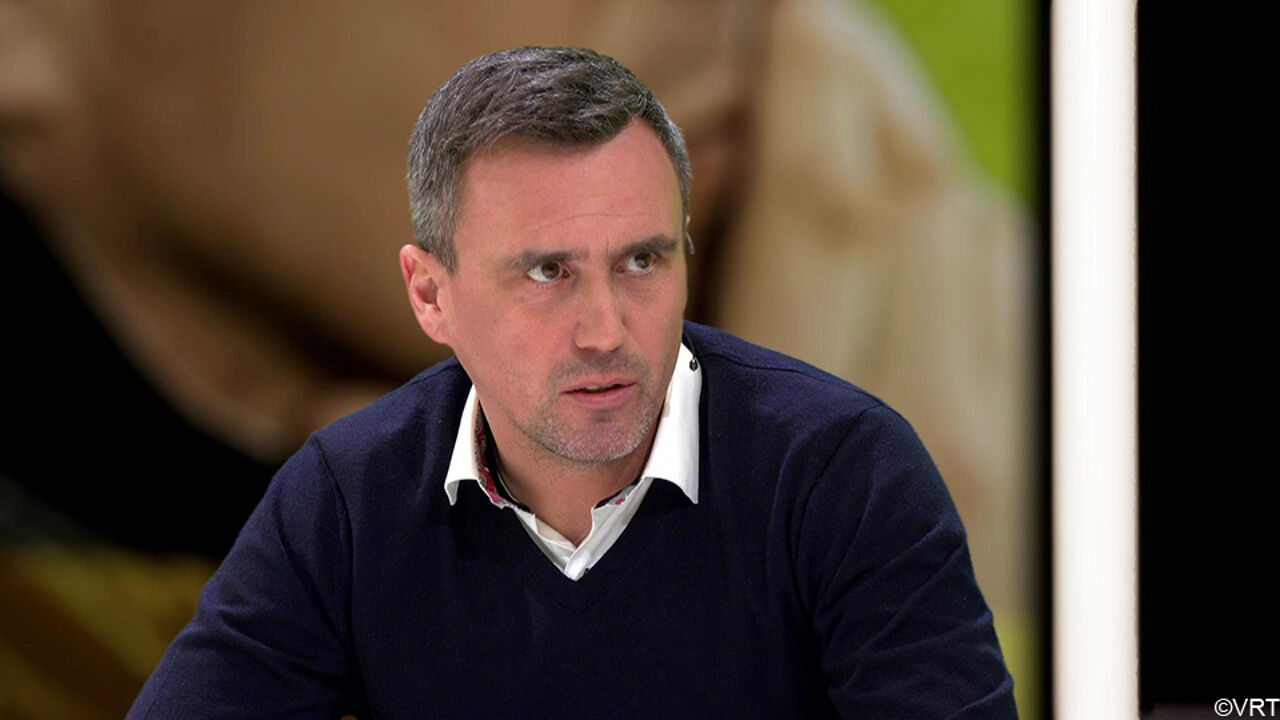Van Gorkom took a close look at the crystal lattice of perovskite. “You know those pictures of beautiful symmetrical 3-D crystal structures, spheres and lines that form a mathematical model.
Unfortunately, practice is never perfect. A crystal lattice always has defects. Particles that are missing or in the wrong place in the crystal lattice. In a solar cell, you see that reflected in the voltage drop, which ultimately lowers the efficiency.”
A cable makes all the difference
However, measuring defects in the perovskite crystal lattice is not that simple and is now often done using computer simulations. Within Van Gorkom’s department of Molecular Materials and Nanosystems, research has been carried out for some time into how measurements can be made in real perovskite crystals. This is now possible in mini solar cells, using a highly sensitive photocurrent measurement developed by Van Gorkom and his colleagues.
In short, for each solar cell, for each wavelength of light, it is examined what percentage of the light particles come out of that solar cell as electrons. “Ideally, each light particle absorbed by the solar cell would lead to an electron. By an indirect method, we can now measure charges in existing defects, in the form of a miniscule amount of current. And we can do that very accurately, even if one in a hundred million light particles is converted into an electron, we can see that.”
According to Van Gorkom, the big trick lies in the details. “We spent a lot of time trying to achieve this sensitivity. The noise level should be pushed down as far as possible, a cable can make all the difference. Our set-up – which is in a separate room in an extra stable place – therefore contains special electrical components. It is also not easy to copy, worldwide there is only one other location with the same measuring instrument. We are now able to carry out very specialized measurements, and we also receive requests from outside. Because we can now show the defects in real material, we can take a very focused look at which components result in a more stable perovskite, down to the smallest level.”
Title of PhD thesis: Highly sensitive photocurrent spectroscopy on hybrid perovskite solar cells. Promoters: René Janssen and Martijn Wienk.
Bron: Cursor.

